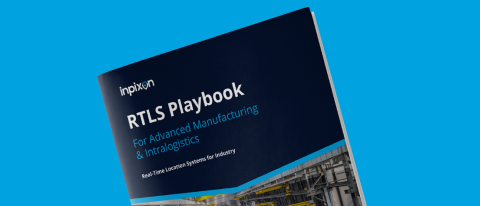On a large corporate campus, there are some areas that require greater sensitivity than others. As we shared in our recent article on smartphones in smart spaces, one of the greatest vulnerabilities corporate workplaces face is wireless eavesdropping. Many sensitive details are verbally and digitally shared in offices, and companies should be proactive in protecting this information - especially when considering the cost of a privacy breach, both financially and in terms of reputation.
While there are many areas within an organization where data protection and security is of utmost importance, these are the top five locations within a facility where monitoring is often considered to be crucial for preventing breaches of corporate secrets or personally identifiable information:
- Campus Headquarters - Corporate campuses are a prime target for both physical and wireless intrusion because they tend to be the epicenter of an organization’s data and operations. If a corporate campus is home to server rooms, the executive team and data centers, it’s important to empower your building security teams with situational awareness of the devices transmitting within the facility.
- C-Suite & Executive Offices - Insecure conversations, messages, and emails sent from executive teams could result in the leaking of corporate secrets and trade information that could not only impact a business, but could also have serious implications for publicly traded companies.
- Board Rooms - Board rooms present similar risks as executive offices. Trade secrets and client information can be at risk for eavesdropping devices in these meeting rooms, compromising an organization’s confidential information, in addition to that of visiting clients.
- Call Centers - Call centers present unique risks as rogue eavesdropping devices can be used to infiltrate customers’ private personal information including credit card details and security questions.
- Data Centers - A rogue Wireless Application Protocol (WAP) in a data center could have disastrous outcomes for organizations, as it could enable external parties to hack into sensitive information about an organization and its customers.
Workplaces have never been more connected, and the risks that come with that have never been more pronounced. In order to address the inherent risks associated with bringing personal devices into these spaces, it is important to highlight the areas in your building that are highly sensitive and consider employing a comprehensive wireless device detection solution that gives you full visibility into the potentially harmful transmissions in your space.
We are here to help you create a smart and secure workspace. To learn more about how you can leverage Inpixon’s Indoor Intelligence solutions, contact our team to schedule a consultation today.


-3.png?length=1000&name=Inpixon%20LinkedIn%20Banner%20August%202025%20(2)-3.png)

